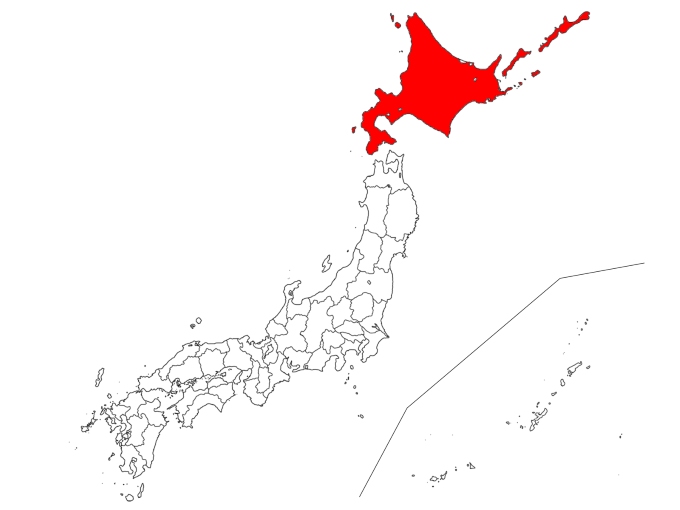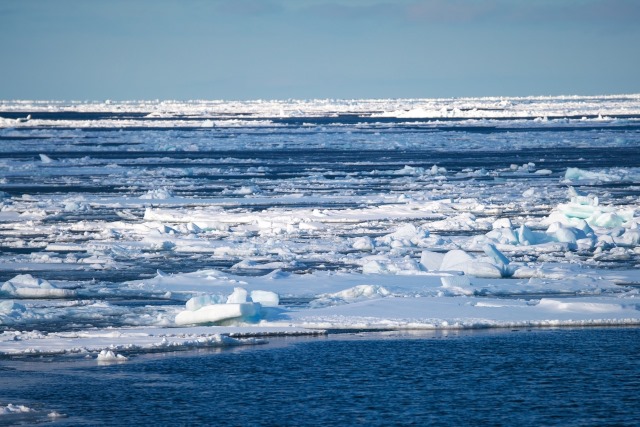Contents
1.Basic Information
Asahikawa is the second-largest city in Hokkaido and offers a range of nationally famous tourist spots like Sounkyo Gorge and Asahiyama Zoo. In Abashiri, along the Okhotsk Sea, visitors can explore unique experiences like a rare prison museum and drift ice observation.
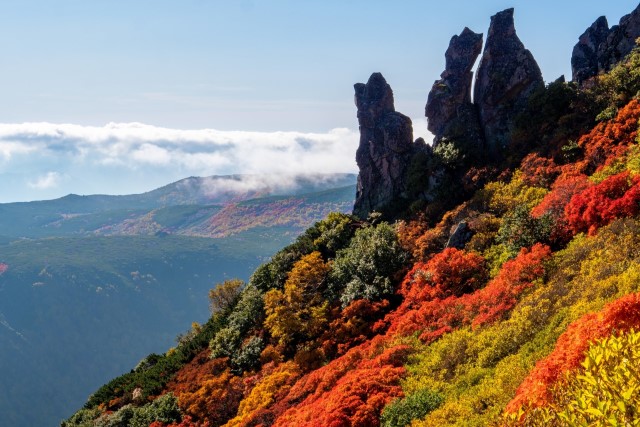
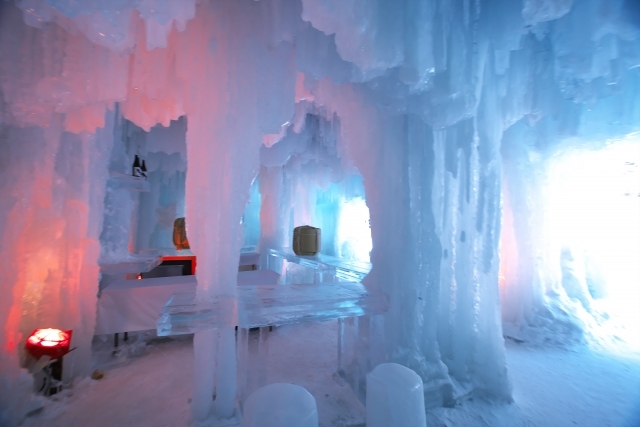
Sounkyo Gorge (Souunkyou)
Sounkyo Gorge is a beautiful canyon near Asahikawa, featuring unique columnar cliffs stretching for about 25 km. Major attractions include Sounkyo Hot Springs, Ginga Falls, Byobu Rock, and Daikanbo. Additionally, there is a ropeway to Mt. Kurodake where visitors can enjoy Hokkaido’s magnificent nature.
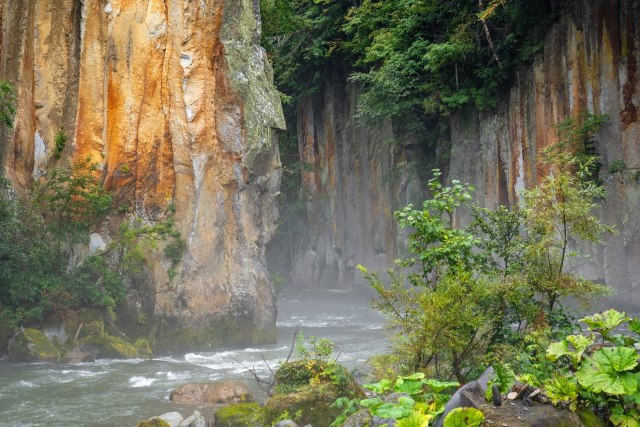
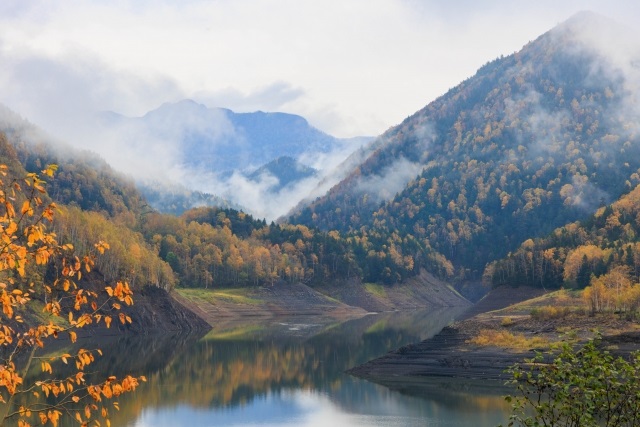
Asahiyama Zoo (Asahiyama-doubutuen)
Opened in 1967, Asahiyama Zoo spans a large area and houses a variety of around 160 species and a total of 612 animals. The zoo specializes in “behavioral displays,” allowing visitors to observe animals in their natural behaviors, drawing tourists from all over the country.
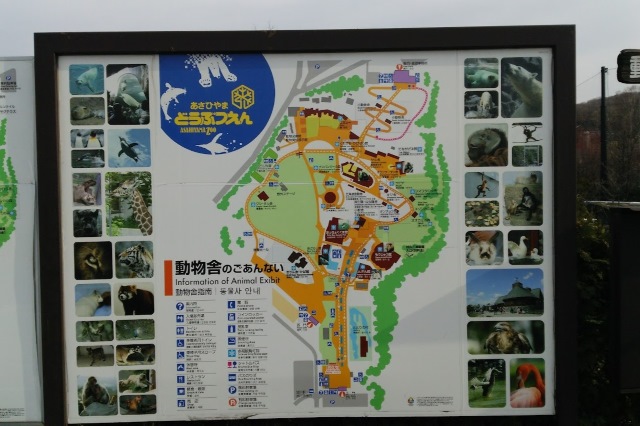
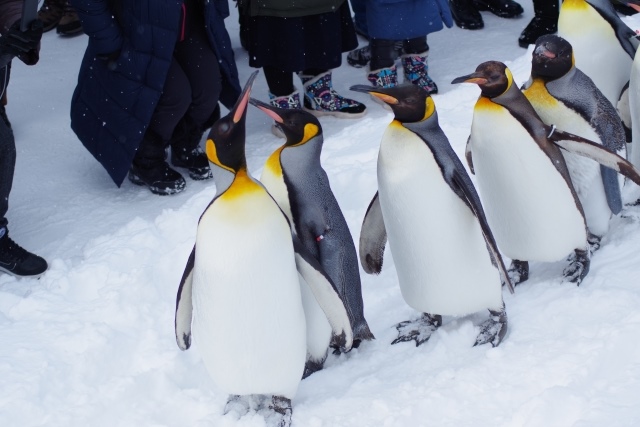
Drift Ice in Abashiri (Abasiri-ryuhyou)
Drift ice is a natural phenomenon visible along the Okhotsk Sea in Hokkaido from late January to late March. This ice originates at the mouth of the Amur River in Russia and is brought to Hokkaido by winds and currents. On the eastern coast of Hokkaido, you can enjoy the breathtaking view of drift ice covering the coast and harbor. During this time, many wild animals also appear, and if you are lucky, you may even see seals sleeping on the ice.
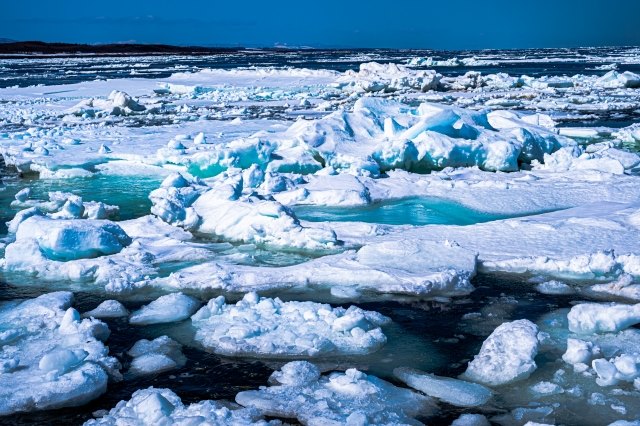
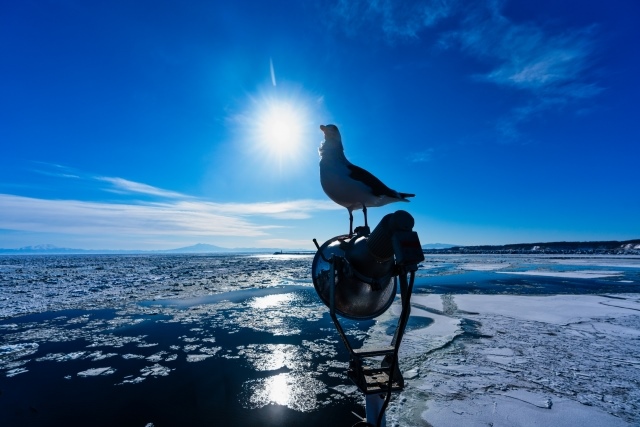
Coral Grass at Lake Notoro (Notoroko-Sangosou)
At Lake Notoro in Abashiri, coral grass turns bright red from late August to late September, creating a spectacular contrast with the blue sky. Coral grass is an annual plant ranging from 15 to 30 cm in height, and it gets its name from its coral-like appearance.
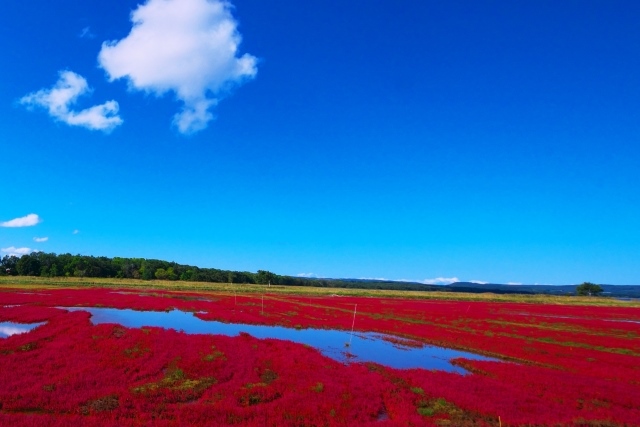
2.Reviews
Abashiri Prison
Influenced by the manga “Golden Kamuy,” Abashiri Prison has become a pilgrimage spot. The prison is a restored facility that was once actually used as Abashiri Penitentiary. These wooden structures, built from the late 19th to the early 20th century, are considered the oldest wooden prisons in the world. The museum offers various displays that give insights into the life of prisoners and the history of the prison, along with dolls, historical prison food, and various souvenirs.
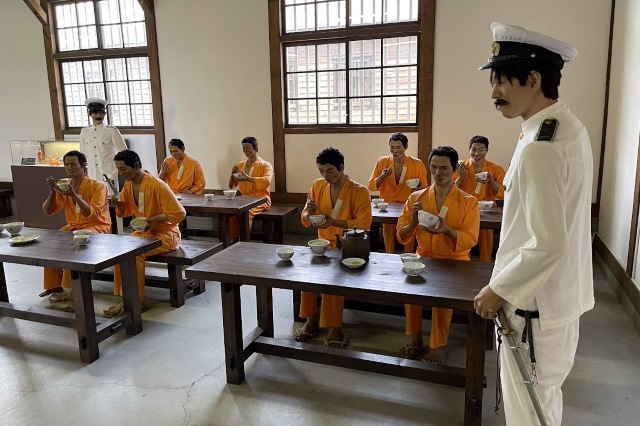
3.Local Food



4.Transportation Information
■ How to Get to Asahiyama Zoo
Asahiyama Zoo Official Website (Available in English, Korean, Simplified Chinese, Traditional Chinese, and Russian)
https://www.city.asahikawa.hokkaido.jp/asahiyamazoo/index.html
■ How to Get to Sounkyo Gorge
Sounkyo Kurodake Ropeway Official Website (Available in English, Korean, and Simplified Chinese)
https://www.rinyu.co.jp/kurodake/
■ How to Get to Abashiri
Abashiri Tourism Association Official Website (Available in English, Korean, Simplified Chinese, and Traditional Chinese)
https://uu-hokkaido.jp/corporate/abakanko.shtml
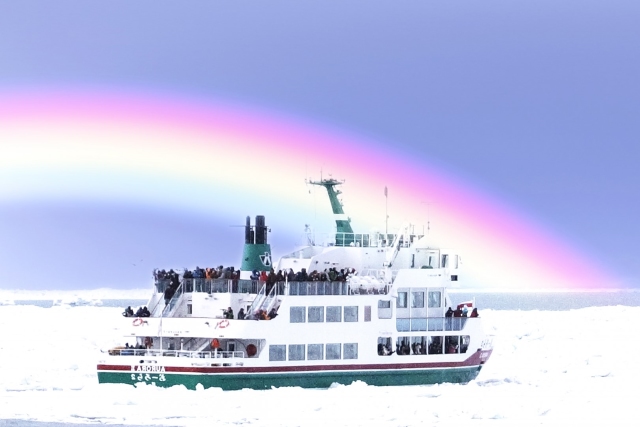
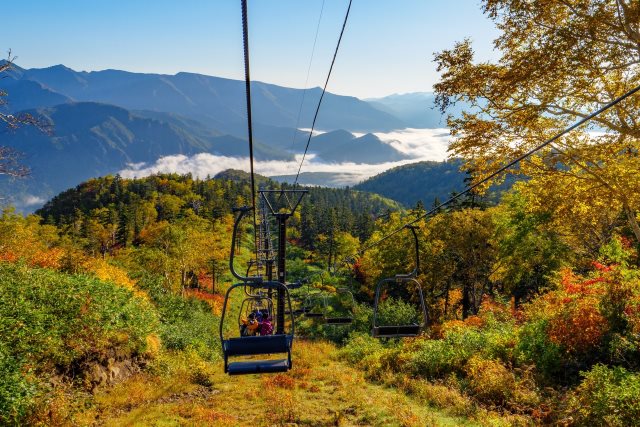
5.Map Information
Asahikawa is located in central Hokkaido and is the second most populous city in the region with approximately 320,000 residents. The city is known for its harsh winters and heavy snowfall. On January 25, 1902, it recorded the lowest temperature in Japan’s observational history, at -41.0℃.
